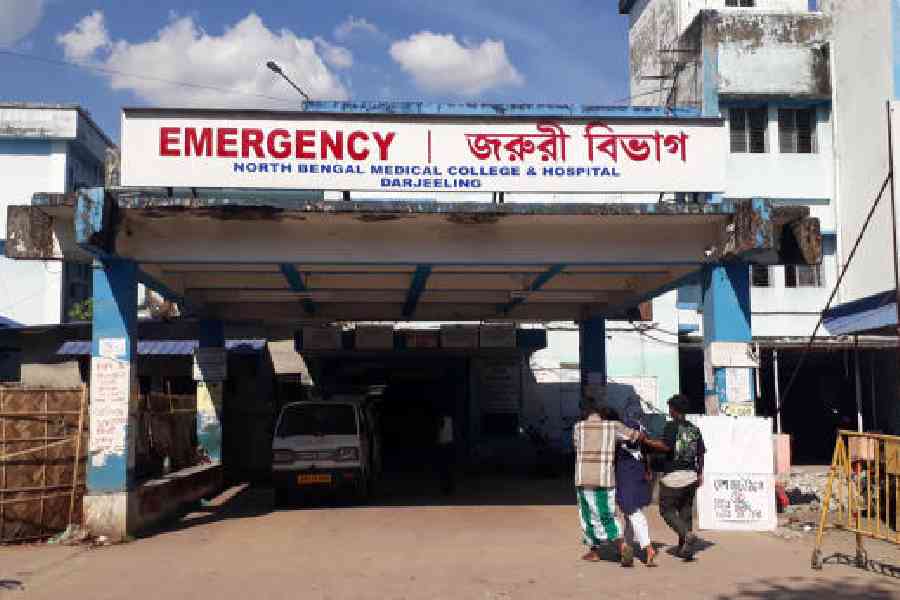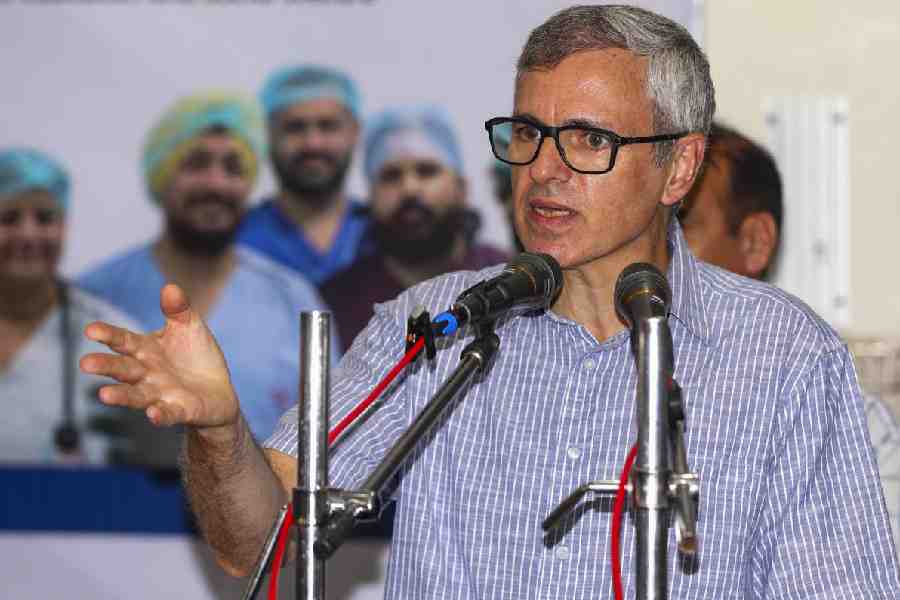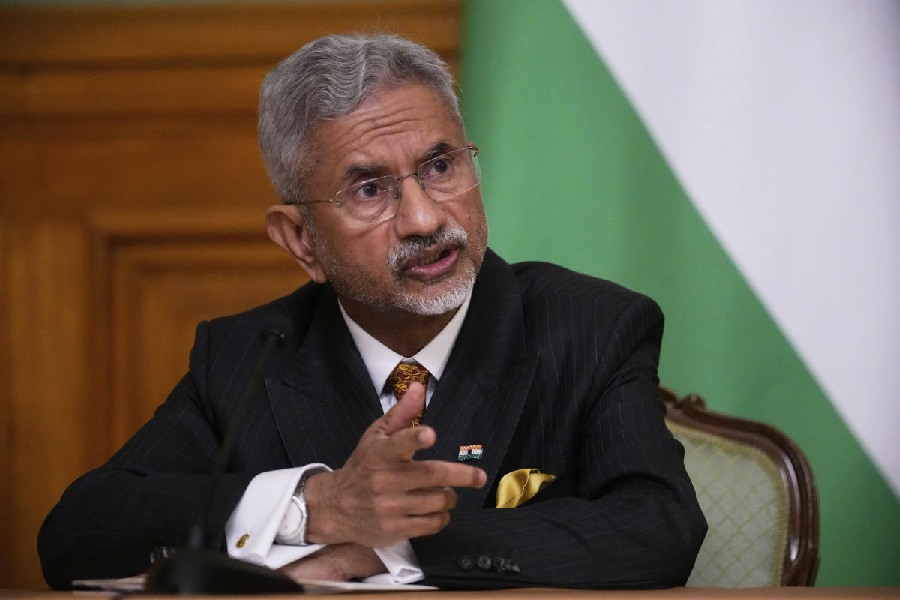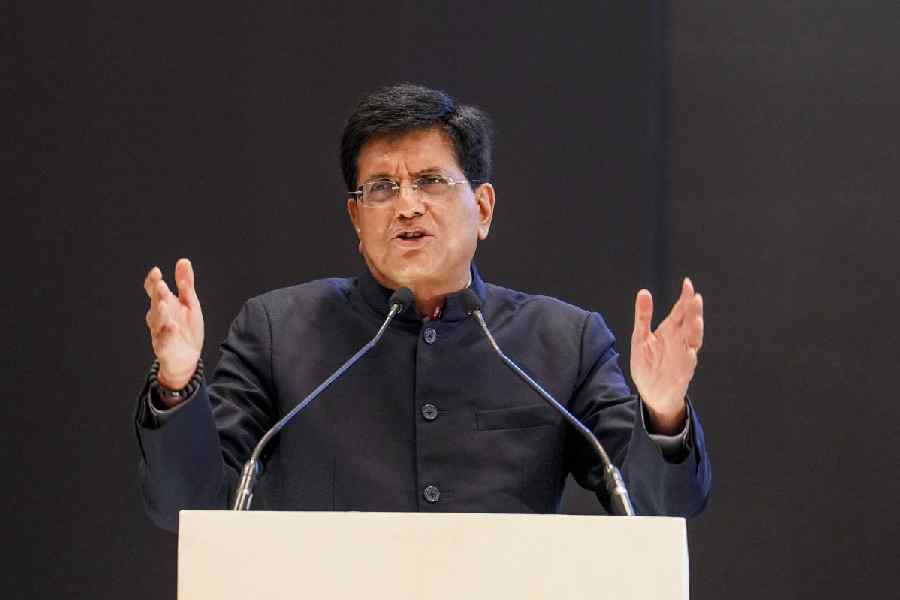
Bhubaneswar, April 26: A day after a devastating earthquake struck Nepal and India claiming over 2,300 lives, experts called for strict enforcement of earthquake resistant constructions by the development authority in the city.
The state capital is in seismic zone III, which means the city runs the risk of suffering moderate damage in event of an earthquake.
However, there is no historical document available that would throw light on the state's past, if it had experience any massive earthquake before or not.
Dhanada Mishra, a structural engineering expert (with a specialisation in building material and their use) said: "In a city like Bhubaneswar you never know what will happen next. Without any historical date, we will never know what happened in the past, so we must be on alert all the time and make sure that builders abide by all the norms while constructing high-rises."
Moreover, saying that the crisscrossing of rivers and the formation of delta in the Mahanadi basin might always cause movement in the continental plates with their proximity to the ocean floor, Mishra advised that every building with five-storey or more must use earthquake resistant technology.
Not only Mishra but coordinator of the National Information Centre on Earthquake Engineering at IIT Kanpur, Durgesh C. Rai, who was in the city in the second week of April, also put Bhubaneswar's earthquake risks at par with Ahmedabad, which was hit by one in 2001 with a magnitude of 8.1 on the Richter scale.
Rai, who had come to deliver a lecture on seismic hazard, vulnerability and risk factors at IIT Bhubaneswar, had said: "The city might suffer similar damage as it happened in Gujarat in the past."
"Real-estate buyers must be concerned about the safety measures as much as the looks. The development authorities have to ensure that the builders abide by all the rules and regulations," he said.
The expert, who is a known structural engineering and earthquake resistant design expert in India and abroad, said: "The temple city needs earthquake-friendly readiness in all buildings greater than five storey or 15 metres."
However, in reality, the development authority has fixed it at 10 storeys or more.
BDA planning member Sudhir Mohanty told The Telegraph: "We have made it mandatory in the building plan approval norm to get the design vetted by a structural engineering expert either from IIT or NIT. To make it happen we have 100 or more structural engineers empanelled with us who can check the implementation and after their certification the building will get our permission."
Chief general manager of Odisha State Disaster Mitigation Authority (OSDMA) Kamal Lochan Mishra said four years ago the state government, in association with the United Nations Development Programme (UNDP), held a programme for architects, engineers, city planners, masons where they were taught about the need to maintain construction norms.
D.S. Tripathy, a national executive member of the Confederation of Real Estate Developers Association of India (Credai), said: "Making earthquake resistant structures mandatory will definitely be a commendable step. All we want is safety of our customers."










